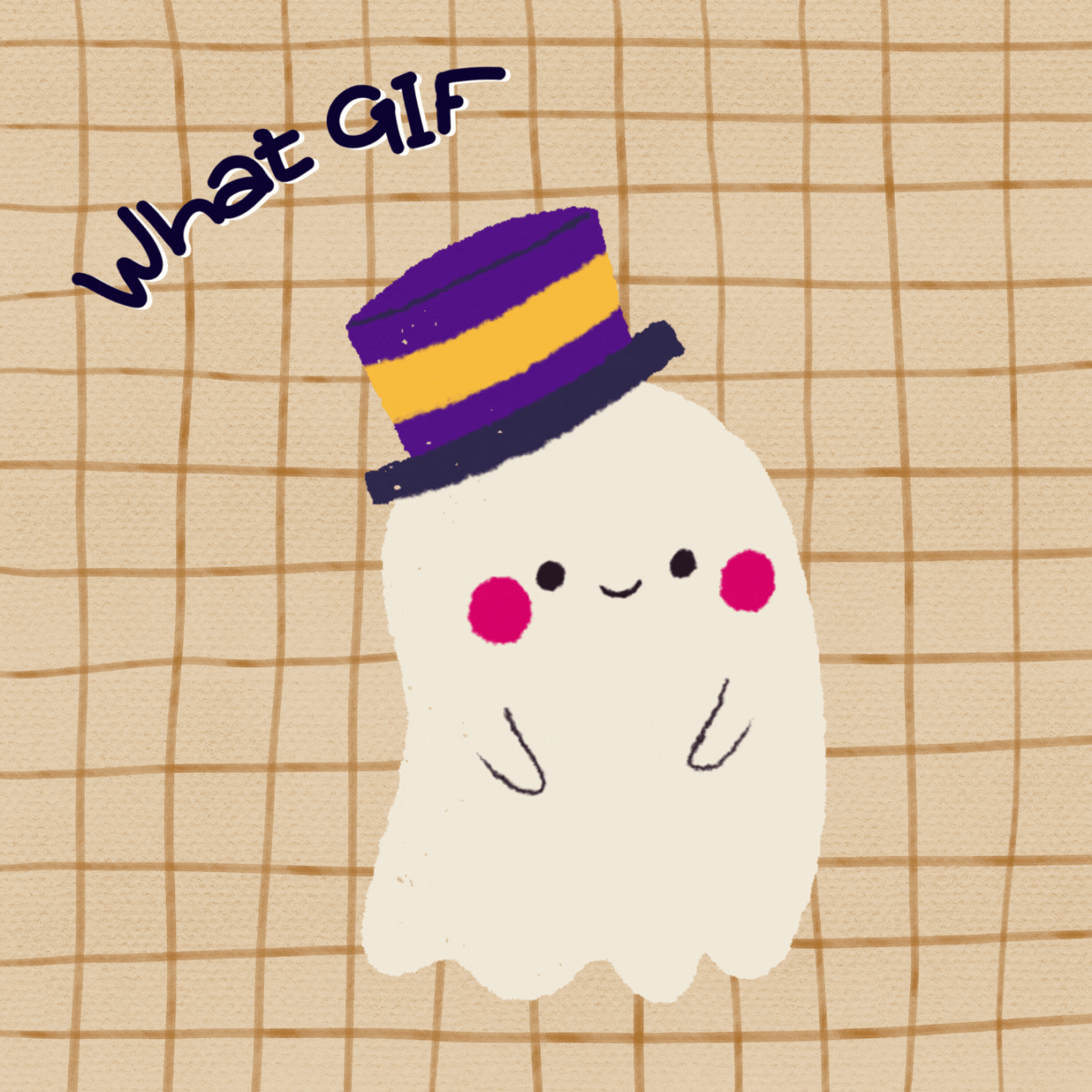Introduction
In the ever-evolving lexicon of digital communication, few things have stood the test of time as well as the Graphics Interchange Format, popularly known as GIF. Pronounced "jif" or "gif", these animated images have transcended their original design to become a cultural phenomenon, infusing humor, emotion, and clarity into our digital conversations. In this article, we delve into the world of GIFs, exploring their history, how they work, their cultural impact, and their role in modern communication.
What is a GIF?
A GIF, which stands for Graphics Interchange Format, is a bitmap image format widely used on the internet. Here are the key aspects of what a GIF is and why it's popular:
- Format: Developed by CompuServe in 1987, the GIF format supports up to 8 bits per pixel, allowing a single image to reference a palette of up to 256 distinct colors chosen from the 24-bit RGB color space. It's a lossless format, meaning it compresses the image file without losing any detail from the original image.
- Animation: One of the most notable features of GIFs is their ability to animate a sequence of images (frames), creating a short, looping animation without sound. This animation feature has led to the widespread popularity of GIFs on the internet, especially for creating simple, looping animations that are small and fast to load.
- Transparency: GIFs can also support transparency, allowing the background of the image to be invisible or see-through, which is particularly useful for blending the image into different website backgrounds.
- Usage: GIFs are used for various purposes online, including in digital advertising, as humorous reactions on social media, in instructional content, and more. They are particularly favored for their ability to convey emotions, reactions, or messages quickly and effectively in a visual format that's easy to share and view.
- Cultural Impact: Beyond their technical capabilities, GIFs have become a cultural phenomenon on the internet. They are a form of digital communication, often used to express reaction, emotion, or commentary on social media, in messaging apps, and in online articles.
In summary, a GIF is a versatile, compressed image format that supports both animated and static images, widely used across the internet for its ability to convey messages and emotions efficiently and entertainingly.
Early History of What GIF
The Birth of a New Format: In 1987, CompuServe introduced What GIF as a new image format due to its efficient use of data and compatibility with color images. The format was revolutionary for its time, allowing for image files to be compressed without losing quality, which was essential in the era of slow internet speeds and limited bandwidth.
Technical Evolution: The original version, known as GIF87a, was followed by an enhanced version, GIF89a, which introduced transparency and animation features. These features set the stage for the widespread use and love of GIFs that we see today.
How What GIF Work
Technical Insights: At its core, a GIF is a series of images or "frames" that are displayed in sequence to create the illusion of motion or an animation. GIFs use a lossless compression technique, which reduces file size without compromising the visual quality. This is particularly important for maintaining the speed and efficiency of web pages where they are often used.
Color Limitations: One notable limitation of traditional GIFs is their color palette, which is restricted to 256 colors. While this was sufficient for early web graphics, it's less suited to the color complexities of modern digital photography. However, the format's ability to support animation has ensured its longevity.
Cultural Impact of What GIF
Beyond Simple Images: GIFs have grown far beyond simple animated images. They are now a significant part of online culture, used for entertainment, commentary, and as a unique form of expression. From social media to professional emails, GIFs can add a touch of personality or humor, making digital communication more engaging and relatable.
Meme Culture: The rise of memes has further solidified the position of GIFs in digital communication. As viral snippets of culture, memes often take the form of GIFs, spreading rapidly across the internet and influencing everything from politics to pop culture.
What GIF in Modern Communication
Enhancing Digital Conversations: In an age where digital communication often lacks the nuance of face-to-face interaction, GIFs provide a way to convey emotions, reactions, and tone more effectively. Whether it's excitement, sarcasm, or any other sentiment, there's likely a GIF that captures it perfectly.
Marketing and Advertising: Businesses have also caught on to the power of GIFs, using them in marketing campaigns to grab attention and convey messages succinctly. The lively and engaging nature of GIFs can significantly boost engagement rates in emails, social media, and other digital marketing channels.
The Future of What GIF
Technological Advancements: As technology continues to advance, so too does the potential for GIFs. New formats and variations, like animated PNGs or advanced web standards, offer enhancements like better color support and smaller file sizes, all while maintaining the classic appeal of GIFs.
Continued Relevance: Despite being decades old, GIFs continue to be relevant, adapting to the changing landscapes of digital communication and culture. Their ability to evolve with the times, combined with their universal appeal, ensures that GIFs will remain a staple of digital communication for years to come.
What GIF Usage
There are many "What GIF" for you, here are some:

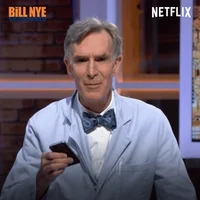



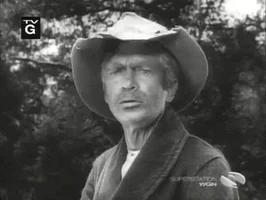

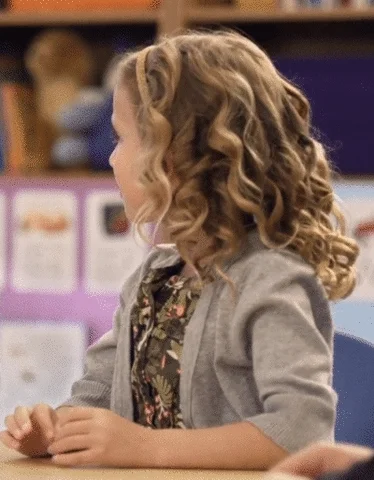

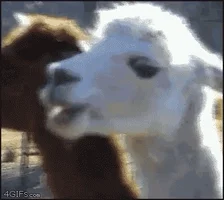




Conclusion
GIFs are much more than a digital trend; they are a unique form of communication that has woven itself into the fabric of the internet. From their humble beginnings to their current status as cultural icons, GIFs demonstrate the power of innovation and adaptation. Whether used for humor, expression, or marketing, GIFs continue to enrich our digital interactions, making them more dynamic, more emotional, and ultimately, more human.
Read more about us: What is Shorten World and How to use URL Shortener to get a shortened link. We also support Link Emoji, it likes a GIF so you can share to your social with more attractive.
